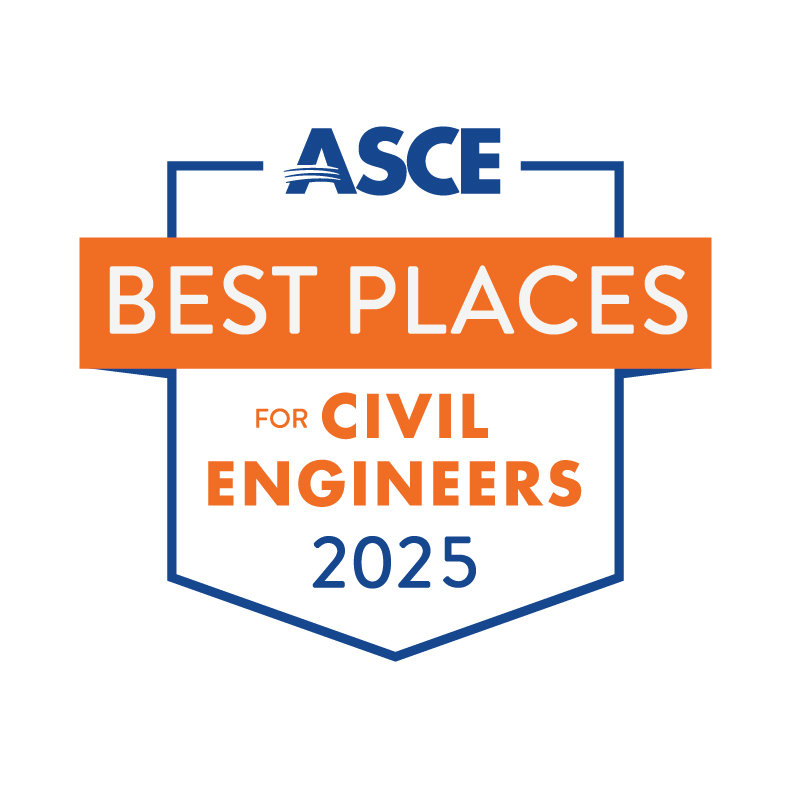
Brenan Pool isn’t bragging when he talks about his commute. He’s simply stating facts.
“Yeah, it’s about 10 minutes each way,” Pool said.
Must be nice, right?
Pool, E.I., LEED AP, A.M.ASCE, is an architectural engineer at Engenuity, living and working in suburban St. Louis. Having grown up in rural Illinois with a high school graduating class of 23 students, St. Louis is big-city living for Pool. Compared to massive metropolises like New York and Los Angeles, of course, St. Louis is considered more of a mid-sized market. But it’s a good fit for Pool and his 10-minute commute.
It’s also reflective of this year’s ASCE Best Places to Be a Civil Engineer, a list that includes several smaller or mid-sized markets that haven’t previously featured in the top 10.
A different formula
To be clear, this year’s Best Places list looks different because the methodology is different. Typically, the list is built on data from three inputs: the annual ASCE Civil Engineering Salary Report, job availability data, and cost-of-living information from the Council for Community and Economic Research.
This year’s list does not include the job availability data. This year’s list ranks cities based on the ASCE Salary Report and CCER cost-of-living numbers. That means comparing this list to, say, the 2024 ASCE Best Places list is an apples-and-oranges exercise.
However, the absence of jobs data also means that the 2025 edition of Best Places better emphasizes the kinds of priorities that make St. Louis so appealing to Pool: the lower cost of living, the diverse but tight-knit engineering community, and, yes, that commute time.
“Very affordable costs – especially with real estate and rent prices,” Pool said. “You can very much own a home early in your career. Of course, living in the Midwest right now, gas, groceries, and utilities are generally lower than a lot of the national averages, which can allow an engineer to do more saving, investing, and enjoying hobbies.
“I also don’t think the Midwest is as saturated with civil engineers as the coasts. You’re not in as big a pond, so there are more leadership opportunities earlier in your career. I think there are also more chances for cross-disciplinary growth, moving around different fields or specialties. It really is a win-win.”
The question of jobs
This list isn’t meant to suggest that jobs don’t matter. They very much do. It’s just that in this “your laptop is your office” environment of 2025, the importance of job location might be at an all-time low.
“In my view, the pandemic really shifted everyone,” Pool said. “And I’m not telling you anything new, but everyone can remote-work from anywhere they want. It’s kind of a free bag for everyone, especially with our current industry. Engineers are in very high demand as everyone knows, so you see a lot of engineers very much job-hopping everywhere that they can to get the best bang for their buck and usefulness out of their degrees. And you see a lot of people moving to the mid- or smaller-sized markets.”
For the sake of comparison, we ran the Best Places numbers – using current salary and cost-of-living data combined with the prior year’s jobs information. The resulting top 10 looked very similar to recent Best Places lists: 10. Phoenix; 9. Boston; 8. Washington, D.C.; 7. Chicago; 6. Denver; 5. Dallas; 4. Houston; 3. Atlanta; 2. New York; 1. Los Angeles.
It is not controversial to suggest that those 10 cities – among the most glamorous and exciting in the world – remain 10 excellent places to be a civil engineer, regardless of a change in formula for the ASCE Best Places list. Only three of them appear on the actual 2025 Best Places list, though.
If anything, the considerations surrounding different Best Places data inputs only serve to remind us that discussion is the whole point of such lists. There is no definitive Best Place, only debate.
One person’s good is another person’s bad. One person’s exciting is another person’s stressful. One person’s 10-minute commute is another person’s …
Well, no. The 10-minute commute is definitively, unifyingly appealing across the board.
So, on that note, here is the official 2025 list of ASCE Best Places to Be a Civil Engineer.
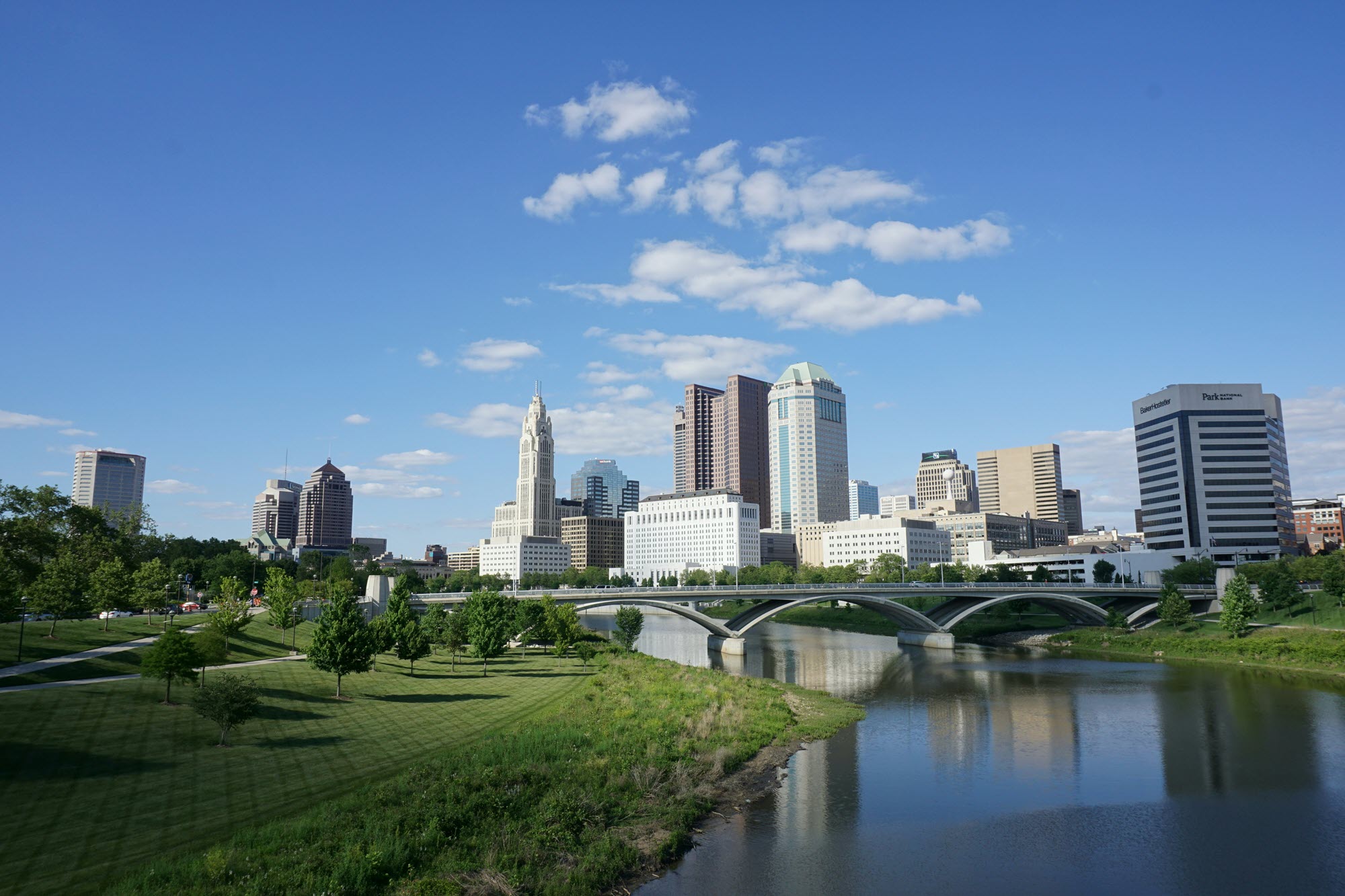
10. Columbus
Nick Mill, P.E., M.ASCE, Central Ohio Section president:
“Columbus is a fast-growing metro area, expected to add nearly 750,000 people to its current population by 2050 – continuing a trend that began sometime in the 2010s. This explosive growth has driven the need for infrastructure of all types, including transportation, utilities, and housing, all of which are extremely relevant to the civil engineering profession.
“Columbus is also home to one of the largest post-secondary institutions in the country, The Ohio State University. OSU boasts a top-30-ranked civil engineering program and is the No. 1 civil engineering program in the state, providing excellent resources and serving as a source of new talent.
“The university is also a constant source of civil engineering projects. Construction is ongoing throughout the main campus and on satellite campuses. Columbus also has a strong economic base in both the tech and finance sectors, which brings in high-profile projects such as the new Intel chip fabrication plant. Finally, Columbus has launched multiple smart-city initiatives in recent years, offering civil engineers the opportunity to work on innovative projects and technologies.
“From a quality-of-life standpoint, Columbus offers a relatively low cost of living compared to similar metro areas, while still offering competitive salary levels for our industry. The city also offers a wide variety of living experiences within an hour’s drive of downtown, including high-rise apartments, historic city neighborhoods, peaceful suburbs, and even opportunities for a quiet rural lifestyle that still feels connected to the city itself.
“My wife and I began our lives together in a historic urban neighborhood, close to trendy restaurants and concert venues, and are now raising our kids in one of its suburbs, with great schools, strong community, and fantastic amenities. The metro area features strong recreational opportunities, with a large and varied Metro Park system, professional and amateur sports presence, and ample highly rated museums. The overall character of the city is friendly, welcoming, and relaxed. It has been a pleasure to call Columbus my home for the past 20 years.”

9. Kansas City
Katie Handley Stucky P.E., CFM, ENV SP, M.ASCE, Kansas City Section president-elect:
“The Kansas City metro spans across Kansas and Missouri, but when it comes to collaboration and progress, borders disappear and only bridges exist.
“A great example of this is our Union Station, which showcased viewings of ASCE’s Cities of the Future: Reimagining Our World, welcomes families to Science City, and stood as the backdrop for everything from the 2023 NFL Draft to our Super Bowl and World Series celebrations (Go Chiefs! Go Royals!). Union Station is just one of the iconic landmarks in Kansas City that tells our story, rooted in innovation, pride, and connection.
“Kansas City is a thriving community that’s under constant transformation, where cranes in the skyline mean progress and the sound of construction signals investment in the future. From the award-winning Kansas City International Airport to the expanding KC Streetcar, or the Smart City initiatives and critical flood control and levee upgrades, our region is engineering-forward and future-ready. With the FIFA World Cup 2026 on the horizon, KC isn’t just preparing to welcome the world to our beautiful city, we’re preparing to lead it.
“Kansas City is a great place to work as a civil engineer, where multiple engineering companies and organizations are headquartered, making the opportunities here as expansive as the skyline to build something meaningful. But it’s not just the projects that make Kansas City special, it’s the people. Our community is collaborative, energetic, caring, and deeply proud of the place we call home.
“Whether you are new to engineering or a seasoned expert, Kansas City is where you can thrive professionally and belong personally.”
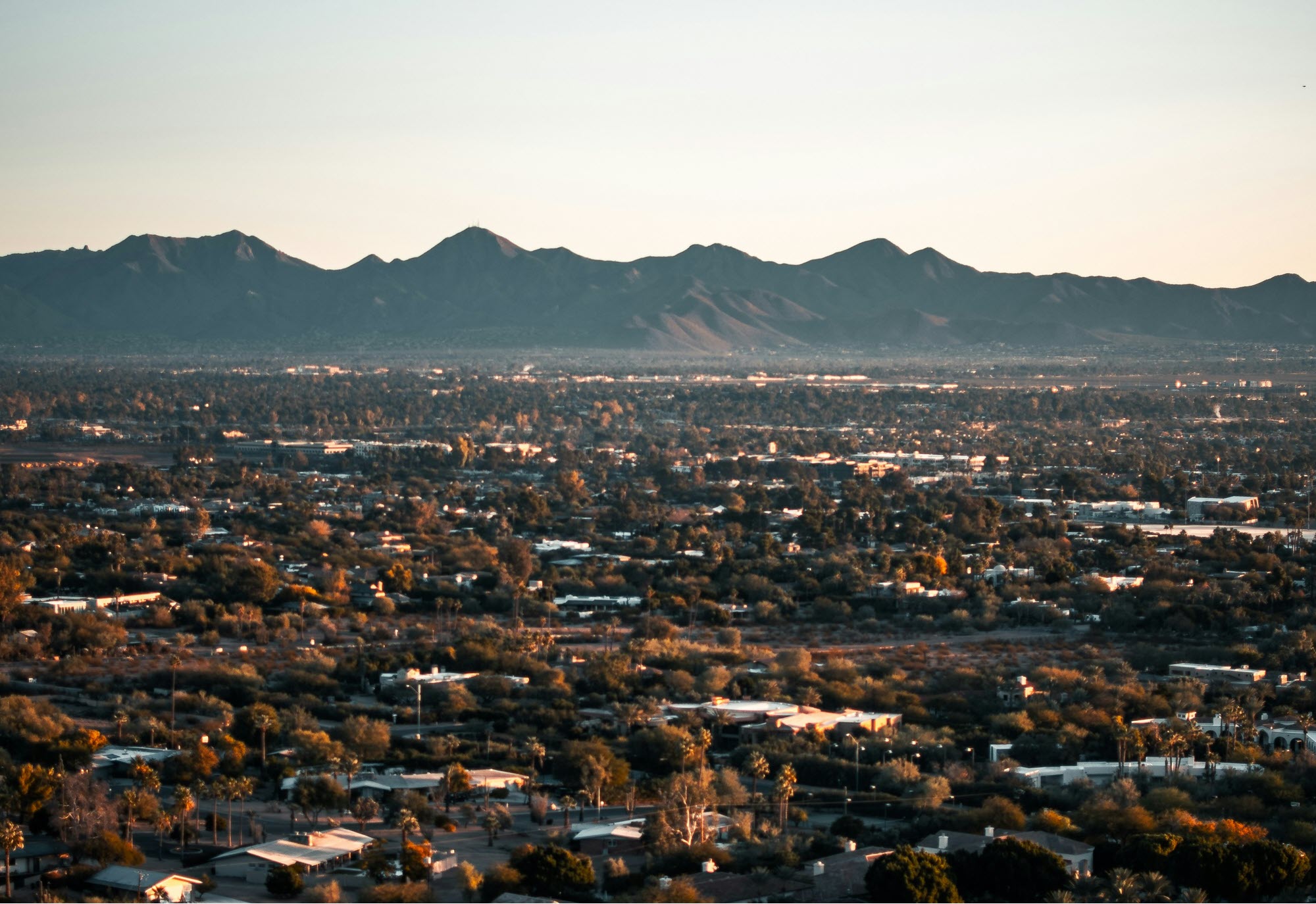
8. Phoenix
Brad Donais, P.E., R.Eng, M.ASCE, Phoenix Branch president:
“Arizona and, specifically, the Phoenix area have seen rapid growth in recent years and have a vast number of large and exciting opportunities to help support this amazing growth.
“Recently, a record-setting $100 billion investment from Taiwan Semiconductor Manufacturing Co. was made in Phoenix for manufacturing operations, making it the largest foreign direct investment in a greenfield project in American history. Whether it’s semiconductor manufacturing facilities, water and wastewater projects, multimodal transportation corridors to connect our sprawling city and metro area, or large growth in the health market, this city holds many exciting opportunities for our engineers and residents.”
Baafour Ossei, P.E., M.ASCE, Phoenix Branch president-elect:
“For civil engineers seeking meaningful projects and career advancement, Phoenix presents an ideal environment to thrive. Phoenix is one of the best places and fastest-growing major metropolitan areas in the U.S. with diverse infrastructure projects in various sectors such as transportation, structures, water and wastewater systems, residential and commercial development, and sustainable development.
“Phoenix has a strong engineering and construction market with large engineering and consulting firms and public agencies involved in residential, industrial, and commercial projects. The mild winters also make year-round construction possible.
“Phoenix supports a vibrant career advancement and professional networking opportunities with local organizations such as the ASCE Phoenix Branch. Competitive salaries, lower cost of living compared with other large cities, and an active lifestyle with proximity to hiking and natural landscapes further enhance its appeal.”

7. Minneapolis
Alysa Johnson, P.E., M.ASCE, Minnesota Section past-president:
“Minneapolis is a fantastic place to be a civil engineer. Between the extensive bike and pedestrian network, the award-winning Green Line LRT, and ongoing work on riverfront redevelopment and climate-resilient infrastructure, there’s no shortage of meaningful, forward-thinking projects.
“The city values innovation and sustainability, and there’s a strong culture of collaboration among public agencies, private firms, and communities. Plus, with all the lakes, parks, and a vibrant arts and food scene, it’s just a great place to live and work.”

6. Austin
Kat Lauer, P.E., M.ASCE, Austin Branch president:
“Austin is a dynamic and rewarding place to be a civil engineer, offering the chance to work on projects that are not only transformative but deeply rooted in sustainability and community impact. The city’s rapid growth presents complex infrastructure challenges, but also incredible opportunities to innovate.
“For example, Project Connect is reimagining public transit across Austin with a new light rail system and expanded bus network designed to reduce congestion and improve accessibility. The Waterloo Greenway and revitalization around Waller Creek are reconnecting urban spaces with nature, integrating flood mitigation with parks and public trails. Water Forward, the city’s long-term water supply plan, is pushing forward with reclaimed water systems, aquifer storage, and conservation strategies to ensure resilience in the face of climate change.
“As civil engineers, we’re not just responding to growth, we’re helping lead it – through thoughtful design, interdisciplinary collaboration, and a commitment to equity and sustainability. It’s inspiring to work in a city that embraces forward-thinking infrastructure as a foundation for quality of life.”
Augustine Verrengia, P.E., M.ASCE, Austin Branch president-elect:
“Having grown up in Austin and watching it evolve from a small town into a dynamic, fast-growing city, it’s been deeply rewarding to help shape that growth.
“As civil engineers, we face the unique challenge – and privilege – of guiding progress, while preserving the history and cultural vibrancy that define Austin. Whether it’s reimagining public spaces or helping shape the skyline, the impact we leave behind makes this one of the most meaningful places to practice civil engineering.”
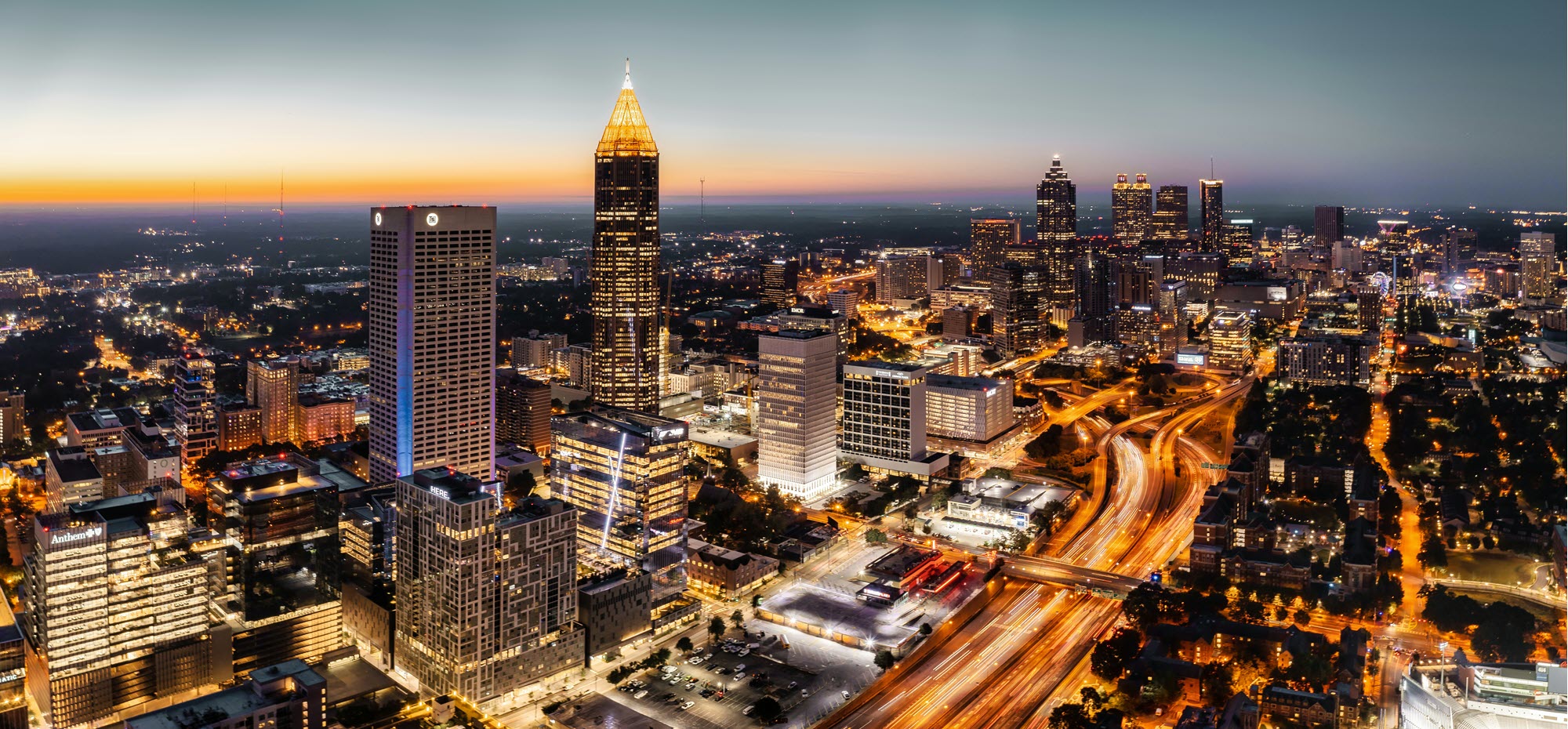
5. Atlanta
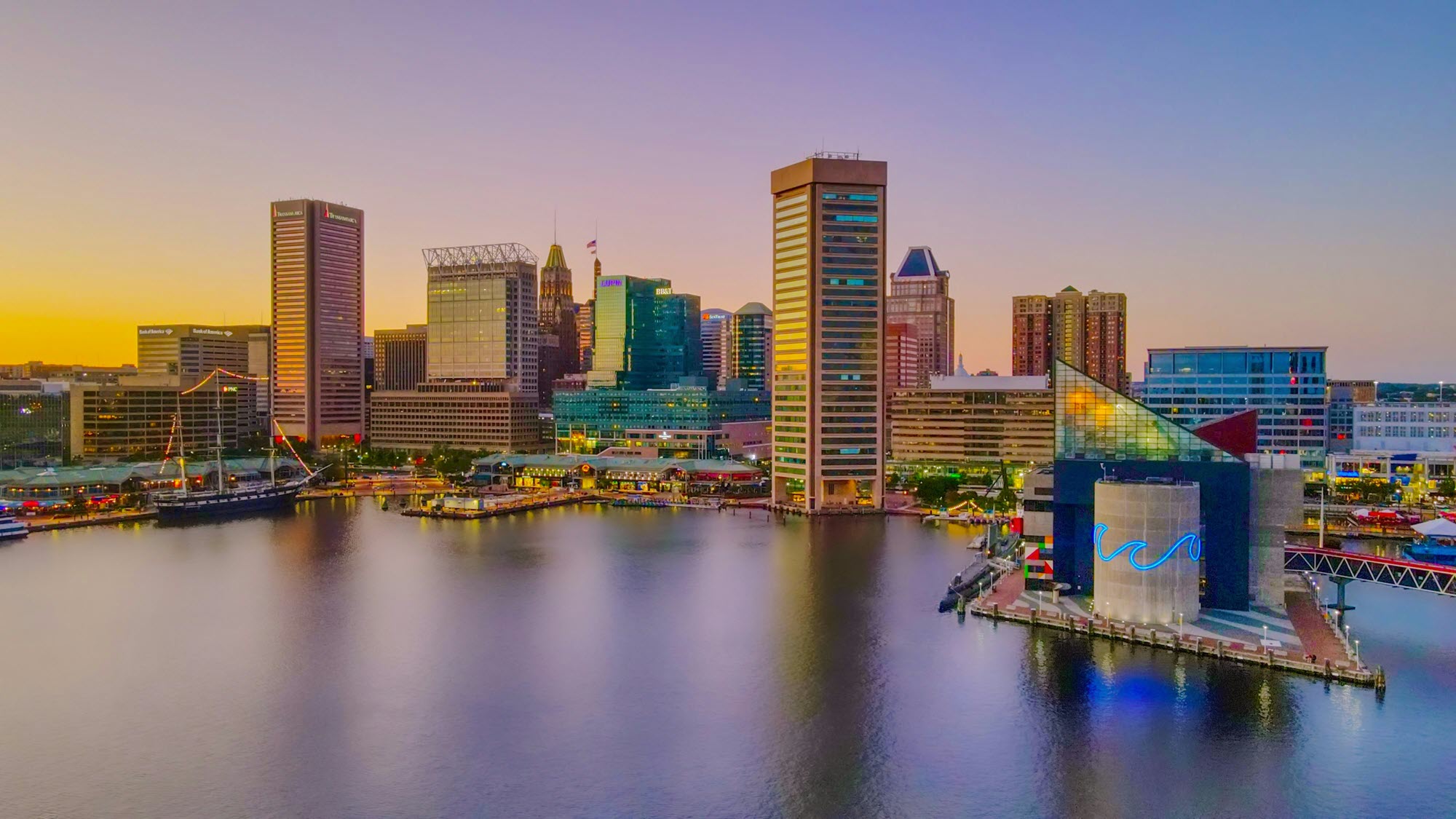
4. Baltimore
Jessica Krueger, P.E., M.ASCE, EWRI Maryland Chesapeake Bay Chapter co-chair:
“Baltimore has a large diversity of civil engineering projects. There are few other places where you can build a bridge over water, work on water quality improvement projects, design port updates, study high-speed rail, and find a wooden water pipe on a project.
“As a water resources engineer, the most rewarding aspect of working in Baltimore is playing a role in improving the health of the Chesapeake Bay, an iconic natural resource that is vital to the region’s ecology, economy, and quality of life. Protecting the bay safeguards public health, enhances resilience against climate change, and preserves biodiversity around the region.”
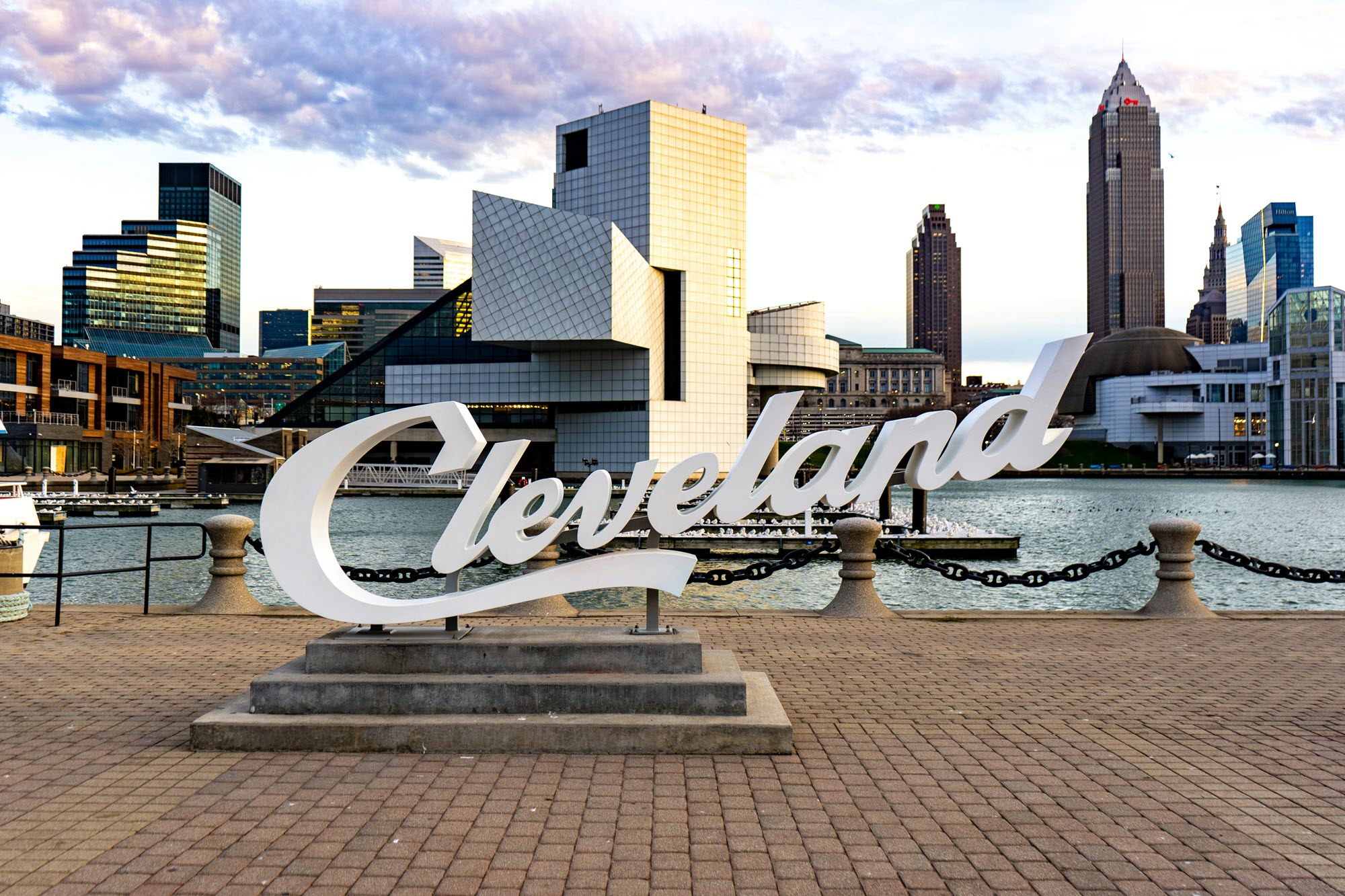
3. Cleveland
Kyle Shepherd, P.E., M.ASCE, Cleveland Section president:
“Cleveland is undergoing a transformative era in civil engineering, with several monumental projects reshaping its urban landscape. The $1.6 billion ‘CLEvolution’ initiative at Hopkins International Airport is set to modernize the terminal, enhancing passenger experience and accommodating future growth.
“The Riverfront Cleveland development is reimagining 35 acres along the Cuyahoga River, introducing mixed-use spaces, parks, and the Cleveland Clinic Global Peak Performance Center, fostering a vibrant waterfront community. Additionally, the North Coast Connector project aims to reconnect downtown with the lakefront through a 120-foot-wide land bridge and a redesigned Shoreway, promoting pedestrian accessibility and sustainable urban planning.
“These initiatives reflect Cleveland’s commitment to infrastructure excellence and urban renewal, positioning the city as a leader in civil engineering innovation.”
Rachel Sutor, E.I.T., A.M.ASCE, Cleveland Section vice-president:
“Cleveland is a premier city for civil engineers to flourish in due to its dynamic growth, innovative projects, and supportive professional environment. The city is experiencing transformative development, including substantial investments in infrastructure, green initiatives, and cutting-edge technology.
“Current highlighted projects include the Sherwin-Williams headquarters and R&D facilities, the Cleveland Browns stadium redevelopment, and the Downtown Cleveland Lakefront development.
“Civil engineers have an opportunity to work on impactful and sustainable projects that shape the future. Cleveland’s commitment to innovation, sustainability, and community development makes it a top choice for civil engineers looking to make a significant impact while enjoying a balanced and enriching lifestyle.”
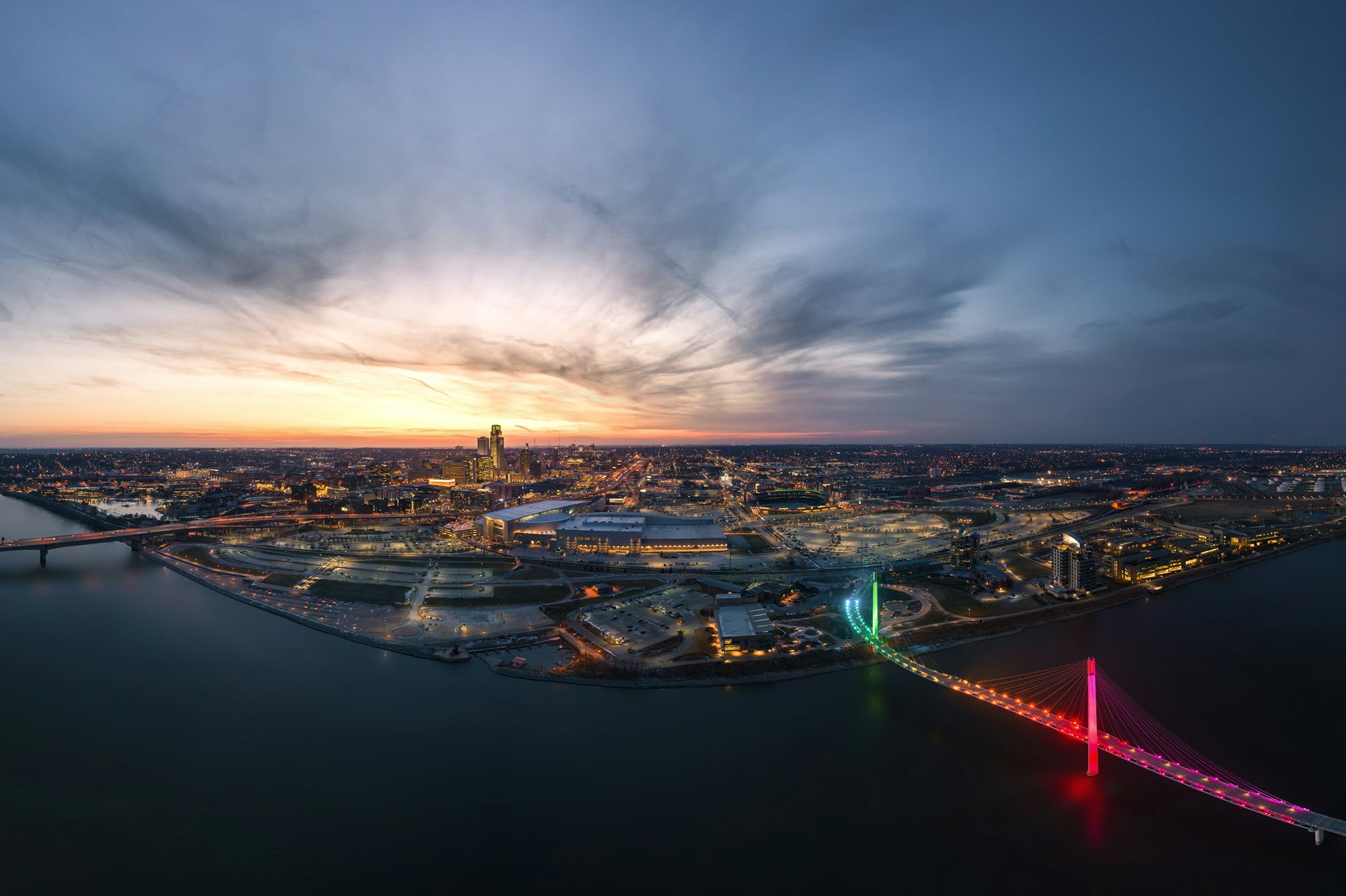
2. Omaha
Sam Allen, P.E., M.ASCE, Nebraska Section president:
“Omaha is a great place to work and live. It has big-city vibes with a small-town feel. From great food and music scenes to the Henry Doorly Zoo and hosting the annual College World Series, there is plenty to attract visitors and residents alike.
“Also home to several large architecture and engineering firms, Omaha has a relatively large footprint that only keeps growing, allowing for future development in the residential and commercial spaces.”
Marie Stamm, P.E., M.ASCE, Nebraska Section director:
“Omaha is a great place to live and work as a civil engineer. We are home to many well- known consulting firms – both large and small – and we have great public-sector engineers leading the charge on public works and transportation projects.
“With all the growth we’ve seen from tech companies coming to the area, there are a lot of infrastructure projects above and beyond the typical redevelopment and improvements. The city is also in the midst of constructing a new streetcar system and making major upgrades to our airport.
“Omaha is a great place to raise a family, with excellent schools, reasonable housing, friendly neighborhoods, and plenty of activities for all ages. We also have entertainment for the adults – concerts, dancing, museums, sports, and the great outdoors. We manage to mix small-town friendliness with the benefits of a large city. Omaha truly is the best of both worlds, combining excellent professional options and plenty of fun, no matter your personal situation and tastes.”
Jack Wilke, A.M.ASCE, Nebraska Section treasurer:
“Omaha has a lot of projects and construction around the city. This includes a new skyscraper downtown, several hospitals, and several data centers. There are also several ENR 500 firms with a large presence here, such as Kiewit and HDR.
“Omaha also has a reasonable cost of living and plenty of activities to do. There is a strong network for young professionals here, and I have been able to meet people throughout the city with similar interests as mine.”
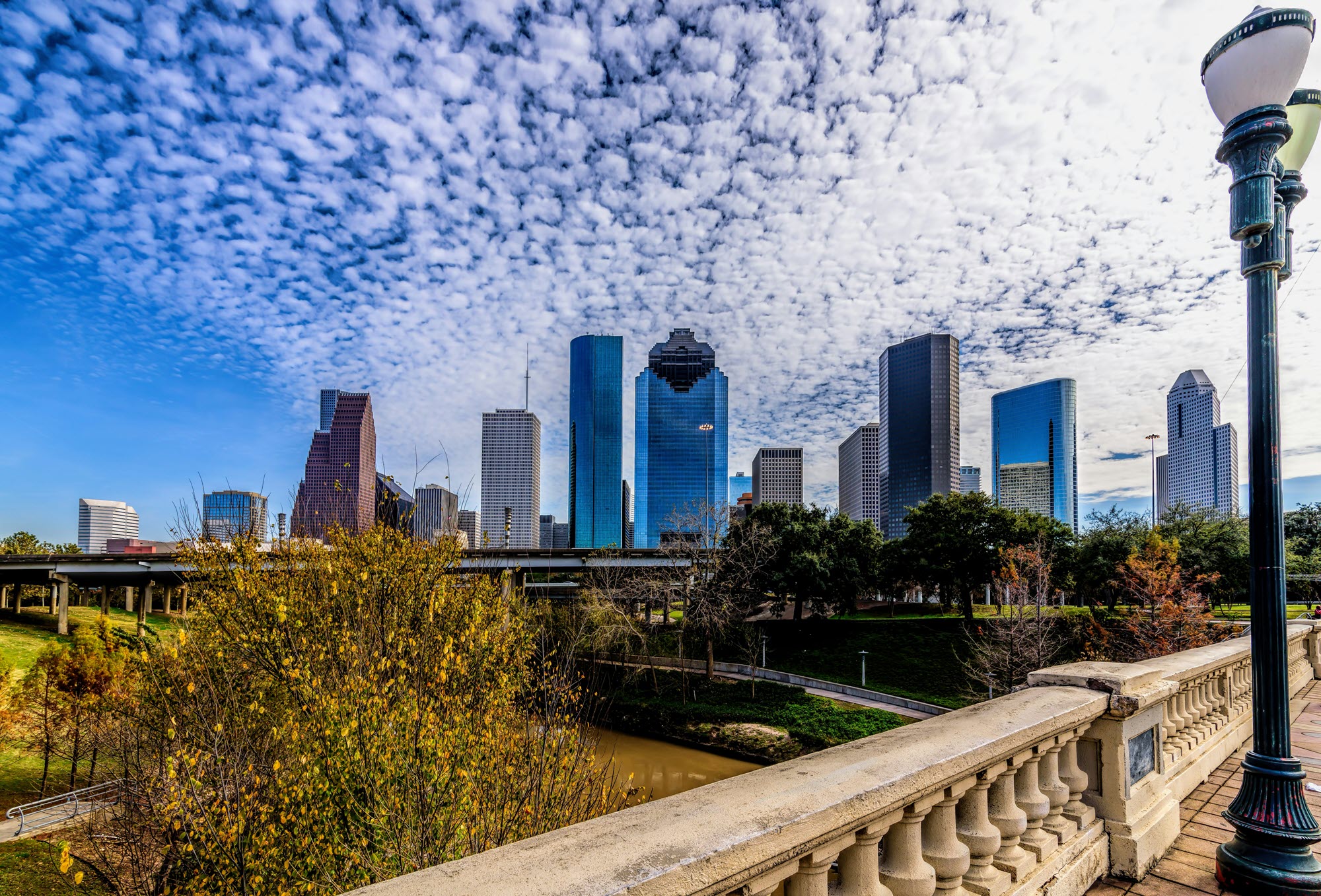
1. Houston
Alexa Nichols, P.E., CFM, ENV SP, M.ASCE, Houston Branch past president:
“One of the best and worst things about being a water resources engineer in Houston is that it floods fairly regularly. While the flat terrain is great for running events and lots of runners get their personal best times for the marathon and half-marathon here, it isn’t so great for rainfall runoff stacking up and overwhelming our bayous.
“To counter this, civil engineers come up with creative ways of incorporating drainage solutions into roadways, buildings, and entire developments to make them more resilient. The challenge of designing resilient solutions for flood reduction, along with the crazy amount of new development in the region, makes it one of the most interesting areas to be a civil engineer. Plus, the food here is amazing.”
Learn more about the ASCE Civil Engineering Salary Report.



